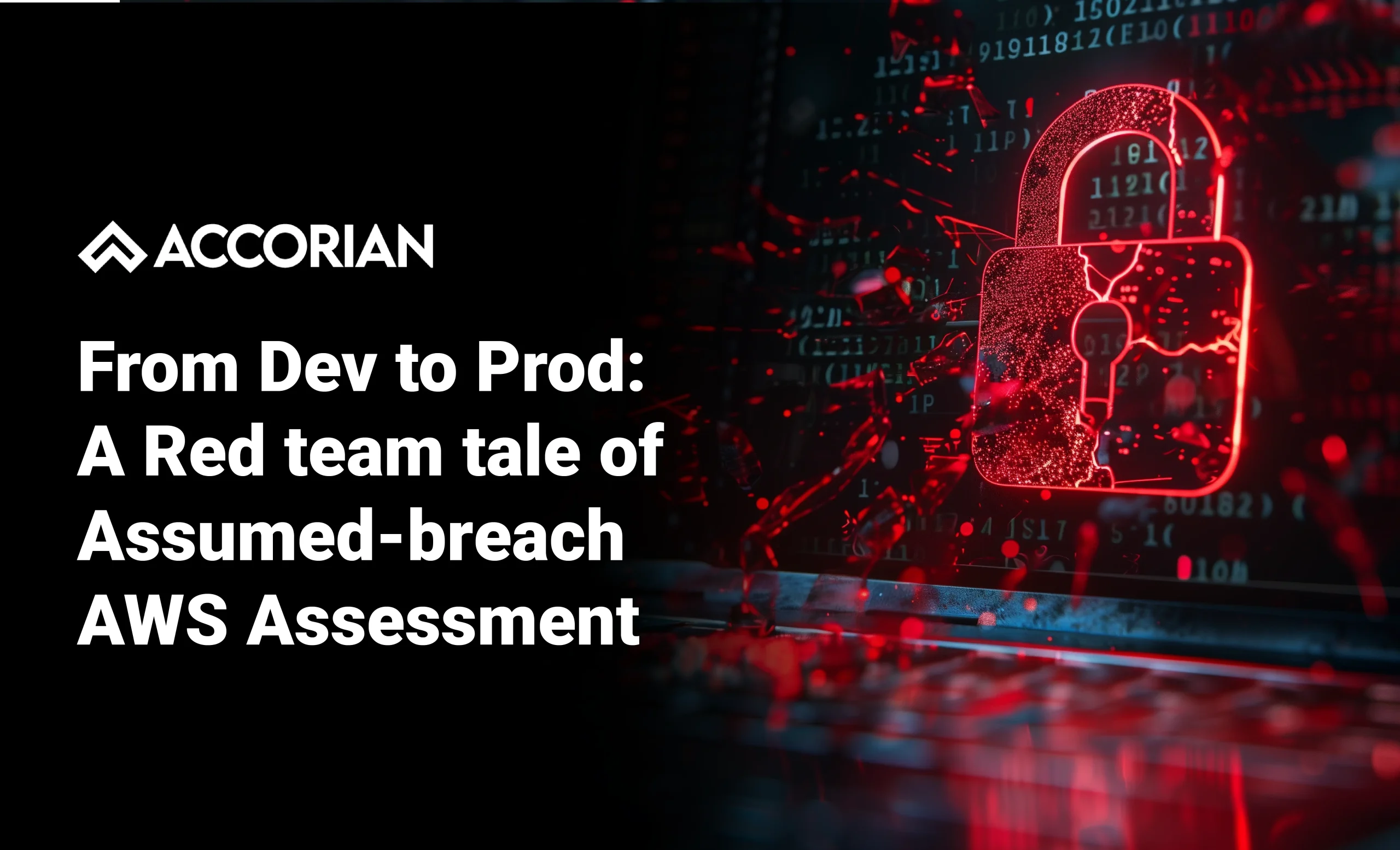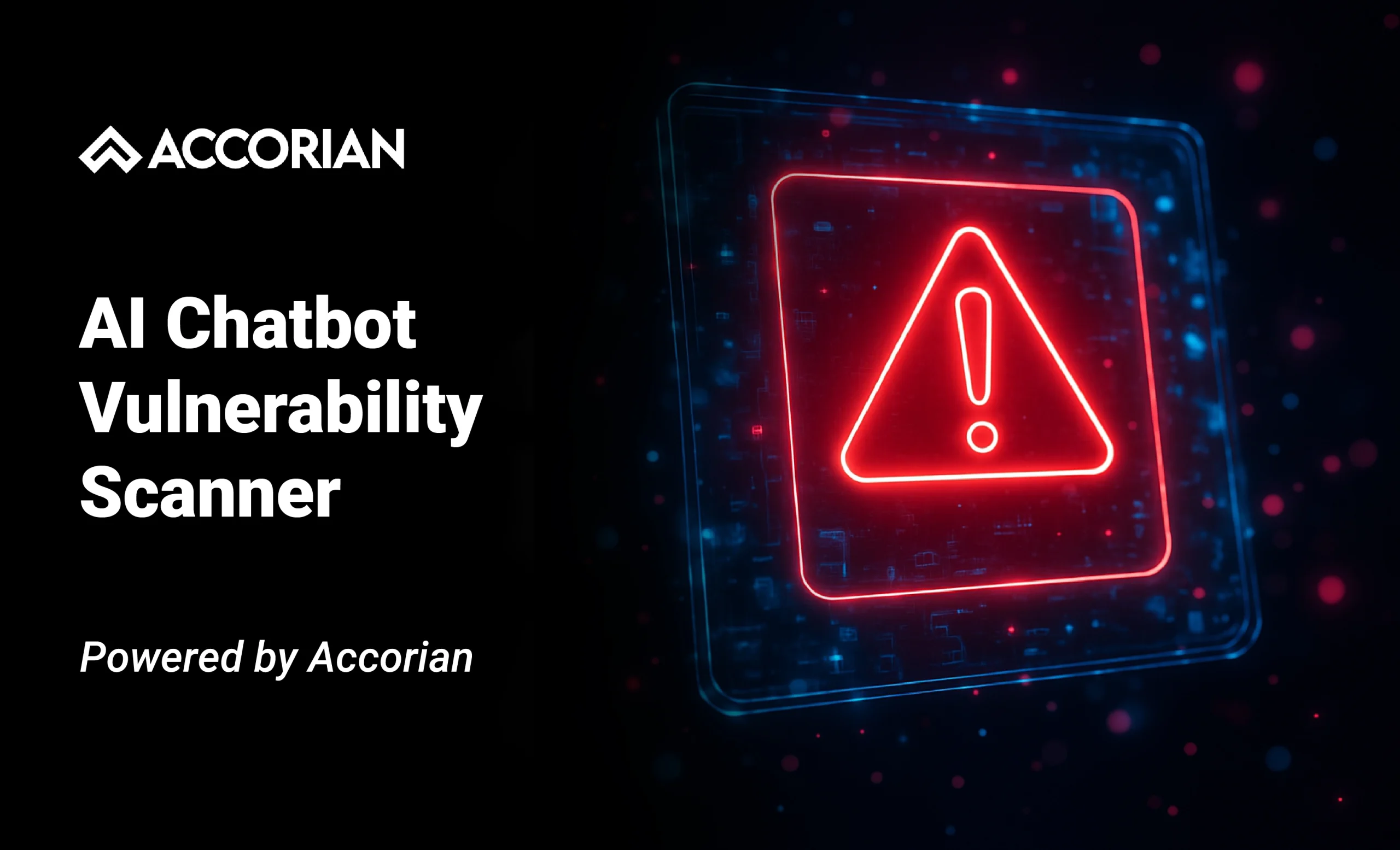AI Risk with ISO 23894
Assessing AI, Enabling Innovation
ISO 23894 is a working standard that assists companies in deciphering the complex risk landscape that accompanies AI deployment. We’ve learnt that while ISO 31000 lays good risk management foundations, ISO 23894 applies those principles to adapt them for tackling the particular challenges our customers experience when engaging with AI systems. Famous for its practicality, the standard is flexibility-focused instead of imposing rigid compliance requirements.
Why Do You Need
ISO 23894?
Why Do You Need ISO 23894?
The rapid development of AI systems introduces special considerations that conventional risk management solutions frequently can’t completely support. Adopting ISO 23894 is not just about risk mitigation—it’s about enabling sustainable, trustworthy, and high-impact AI innovation. It helps organizations move forward with confidence in a rapidly evolving technological and regulatory landscape.
01
Complexities Unique To AI
Dynamic risk profiles that need to be constantly monitored and managed can be developed by machine learning models as they mature over time.
02
Expectations From Stakeholders
Increased expectations from customers, users, and regulators about fairness, transparency, and accountability are raised during AI deployments.
03
Regulatory Landscape
AI is being driven by the quickening pace of legal and regulatory change.
04
Reputational Stakes
The damage to organizational reputation and stakeholder trust caused by AI failures can be substantial.
05
Future-Proofing
The standard’s adaptive framework ensures organizations remain resilient as AI technologies and associated risks continue to evolve rapidly.
06
Operational Excellence
Structured risk management leads to more reliable AI systems, reducing costly failures and enabling consistent business value delivery.
Accorian’s Proven Approach

Establishing the Context
Setting the context for AI risk management involves clearly defining the internal and external environments in which your AI systems function. This step is essential to guarantee that your risk strategy aligns with your organization's overall objectives, AI development objectives, and primary stakeholder expectations, creating a clear foundation for the identification and management of the distinct risks associated with AI.
Risk identification
AI risk identification concentrates on identifying and outlining potential risks that may threaten the fulfilment of an organization's goals, particularly those fuelled by AI projects. This extensive process uncovers uncertainties from various AI-specific sources, such as system breakdowns, ethical issues, or regulatory issues, to become the pivotal foundation for further AI risk analysis and strategic control.
AI Risk Assessment
Under ISO 23894, AI risk assessment requires organizations to analyze the likelihood and potential impact of all identified AI-related risks. Subsequently, their significance is evaluated to prioritize which risks necessitate immediate attention and focused management. This structured approach enables organizations to make strategic decisions on the most effective treatment for their AI risks.
Risk Treatment
For AI risk management according to ISO 23894, risk treatment involves selecting and implementing measures to deal with identified AI risks. Such measures, which may involve avoiding, decreasing, transferring, or accepting the risk, are based on the determined possible impact to AI projects and the organization's particular AI-related exposure tolerance. This practice is designed to suitably avert unfavourable results and actively exploit AI advantages.
Why Choose Accorian?
At Accorian, how ISO 23894 implementation should work for our clients has been reimagined. We believe that managing AI risks shouldn’t add complexity to already demanding operations. An approach that simplifies the entire process has been developed by our team. The complexities of ISO 23894 are handled by us so that focus can be maintained on what matters most – leveraging AI to grow your business. The dense requirements of ISO 23894 are translated into clear, manageable steps that make sense for your specific situation.



